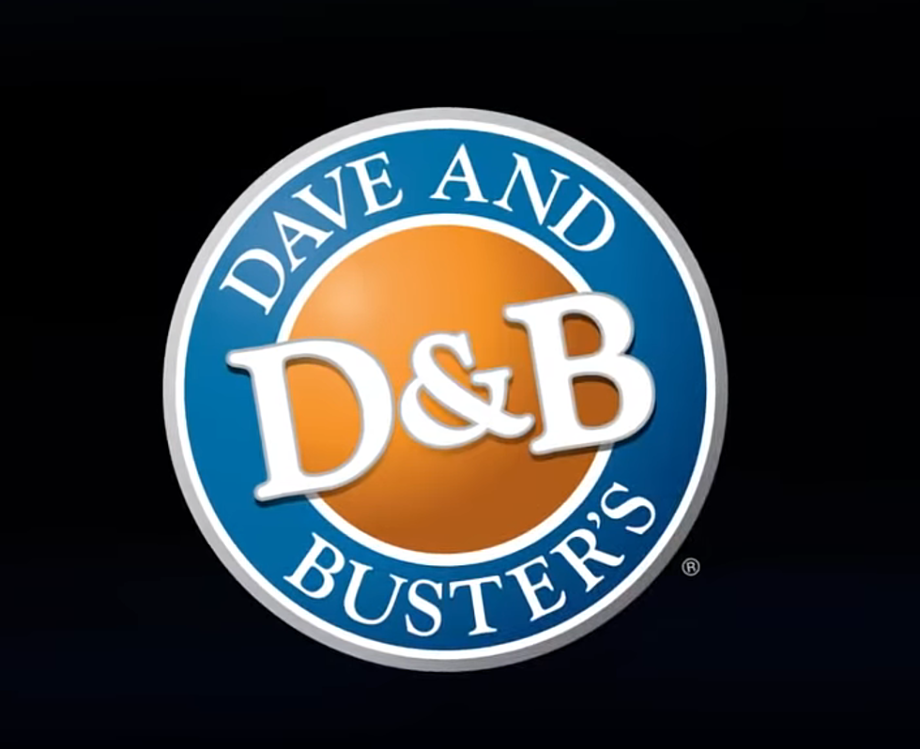

The lines in this web indicate associations that an individual might have. This image shows a priming web built from different types of priming. For example, the word table will show conceptual priming effects on the word chair, because the words belong to the same category. Ĭonceptual priming is based on the meaning of a stimulus and is enhanced by semantic tasks. Studies have shown that, for example, the absolute size of the stimuli can vary and still provide significant evidence of priming.

The presentation of the visual prime does not have to be perfectly consistent with later testing presentations in order to work. An example of perceptual priming is the identification of an incomplete word in a word-stem completion test. Perceptual priming is sensitive to the modality and exact format of the stimulus.

Perceptual priming is based on the form of the stimulus and is enhanced by the match between the early and later stimuli. The difference between perceptual and conceptual types of priming is whether items with a similar form or items with a similar meaning are primed, respectively. Although both models are still valid, recent scientific research has led scientists to lean away from the distractor inhibitor model. The time taken to resolve this conflict causes negative priming. Later, when the brain acts to retrieve this information, the tag causes a conflict. The episodic retrieval model hypothesizes that ignored items are flagged 'do-not-respond' by the brain. In the distractor inhibition model, the activation of ignored stimuli is inhibited by the brain. Many models have been hypothesized, but currently the most widely accepted are the distractor inhibition and episodic retrieval models. Negative priming is more difficult to explain. The representation is already partially activated when the second stimulus is encountered, so less additional activation is needed for one to become consciously aware of it. This means that the first stimulus activates parts of a particular representation or association in memory just before carrying out an action or task.

Positive priming is thought to be caused by spreading activation. The effects of positive and negative priming are visible in event-related potential (ERP) readings. Positive priming effects happen even if the prime is not consciously perceived. Positive priming is caused by simply experiencing the stimulus, while negative priming is caused by experiencing the stimulus, and then ignoring it. A positive prime speeds up processing, while a negative prime lowers the speed to slower than un-primed levels. The terms positive and negative priming refer to when priming affects the speed of processing. Priming research is generally in doubt due to the replication crisis, publication bias, and the experimenter effect. But priming also occurs between modalities, or between semantically related words such as "doctor" and "nurse". For example, visual priming works best with visual cues and verbal priming works best with verbal cues. Priming works most effectively when the two stimuli are in the same modality. Research, however, has yet to firmly establish the duration of priming effects, yet their onset can be almost instantaneous. Priming effects involve word recognition, semantic processing, attention, unconscious processing, and many other issues, and are related to differences in various writing systems. Priming can be perceptual, associative, repetitive, positive, negative, affective, semantic, or conceptual. For example, the word nurse might be recognized more quickly following the word doctor than following the word bread. Generally speaking, the generation of priming effect depends on the existence of some positive or negative relationship between priming and target stimuli. The priming effect refers to the positive or negative effect of a rapidly presented stimulus (priming stimulus) on the processing of a second stimulus (target stimulus) that appears shortly after. Priming is the idea that exposure to one stimulus may influence a response to a subsequent stimulus, without conscious guidance or intention. ( Learn how and when to remove this template message) ( January 2020) ( Learn how and when to remove this template message) Please help improve the article by merging similar sections and removing unneeded subheaders. This article may have too many section headers dividing up its content.


 0 kommentar(er)
0 kommentar(er)
